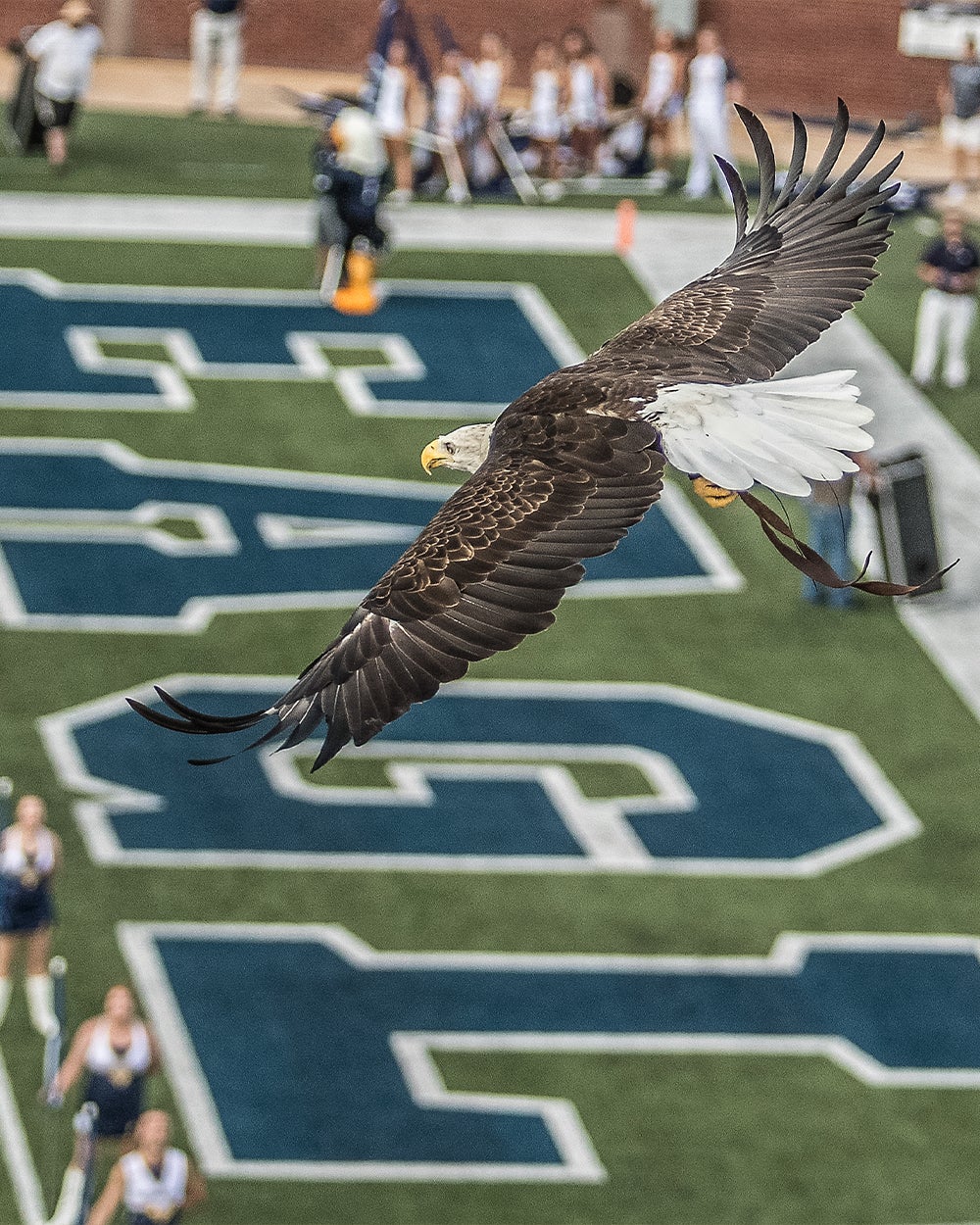Technology Transfer and SBIR/STTR
Technology transfer (TT) refers to the process of conveying results stemming from scientific and technological research to the market place and to wider society, along with associated skills and procedures, and is as such an intrinsic part of the technological innovation process. Technology transfer helps develop early stage intellectual property into tools for direct use by the research community, or into bases for new platforms, products, or services to be made into products for public use.
How Technology Transfer Transforms Society
Anytime you check your smartphone, get an MRI, or even check the weather report, you’re benefiting from federally-funded university research that’s been brought to the marketplace.
All of these and countless other technologies and everyday products are possible because of technology transfer — the process by which universities patent the discoveries unlocked in the laboratories and license them to businesses and entrepreneurs who then turn them into important and even life-saving commercial products.
Because the discoveries emerging from university research tend to be early-stage, high-risk inventions, successful university technology transfer transactions require a patent system that protects such innovations.
Previously, federally-funded university discoveries would often languish because they lacked the patent protections needed to bring them into the marketplace. The Bayh-Dole Act of 1980 prompted a significant increase in university patenting of those discoveries. Patent protections give businesses and entrepreneurs the confidence to license, invest in, and develop university discoveries into marketable products, knowing that no competitor can use those discoveries for a certain period of time.
There are many forms of technology transfer, including joint ventures, support, management and buy-back contracts, franchising, strategic alliance and equipment acquisition; the most common form is licensing.
Licensing is an agreement under which the owner of a patent, trademark or other intellectual property gives permission to another company to use the technology developed by him/her, in a certain area during a certain period of time. There are two main types of licenses: 1) one which grants an exclusive right to use the technology; 2) another with non-exclusive right, which implies that the patent owner may transfer the right to use the technology to other companies in the same area. Additionally, the licensing agreement could include a sublicensing clause which permits the licensee to grant to someone else the right to use the technology.
Guidelines on Technology Transfer
The nation’s top research universities and the Association of American Medical Colleges (AAMC) issued a set of shared guidelines entitled, “In the Public Interest: Nine Points to Consider in Licensing University Technology,” intended to protect the public interest when universities grant licenses for the rights to their latest scientific advances to private parties.
ABOUT SBIR/STTR CONTRACTS
The SBIR (Small Business Innovation Research) and the STTR (Small Business Technology Transfer) are programs developed by the federal government to stimulate small business and research corroboration and partnerships for the purpose of technological innovation. The SBIR program was established by Congress in 1982 for the purpose of strengthening small business concerns (SBC) in federally funded research and development. The STTR program was modeled on the SBIR and established as a pilot program in 1992. Both programs require government agencies with budgets over a certain amount to set aside funding for small business concerns to partner with research institutions.
SBIR vs. STTR
Though the programs are both administered by the Small Business Association and similar in nature, there are some key differences. Both award types require the involved of a small business concern. Here is a summary of those differences:
| SBIR | STTR |
| Lead PI must be primarily employed by SBC; cannot be a Georgia Southern faculty member. | Lead PI is not specified; can be a Georgia Southern faculty member. |
| Term Phase 1: up to 6 months Phase 2: up to 2 years | Term Phase 1: up to 1 year Phase 2: up to 2 years |
| Collaboration is allowed but not required. | Collaboration with a nonprofit research institution is required. |
| Subcontract Distribution Phase 1: a maximum of 33% of the work can be subcontracted out Phase 2: a maximum of 50% of the work can be subcontracted out | Subcontract Distribution 30-60% of the work must be subcontracted to the nonprofit research institution |
Phases of SBIR/STTR Research
Both SBIR and STTR use a funding model that provides funding in three stages.
Phase 1: Concept Development
The purpose of Phase 1 is to establish the technical merit, feasibility, and commercial potential for the idea or concept. This phase lasts six months (SBIR) or twelve months (STTR) and provides funding of $50,000.00 to $250,000.00.
Phase 2: Prototype Development
Phase 2 builds on the preliminary research from Phase 1 to construct a prototype. Phase 2 generally lasts two years and provides funding of up to $750,000.00.
Phase 3: Commercialization
The SBC continues the process toward commercialization with funding provided by a source other than SBIR/STTR. Further funding may be provided by the sponsoring agency or the private sector.
Agencies Participating in SBIR/STTR
Participating agencies can be contracting agencies or granting agencies. Contracting agencies establish plans and protocols, have more focused topics, and invoice on progress. Granting agencies allow PIs to initiate the approach, have less focused topics, and allow for upfront payment.
Researchers interested in SBIR/STTR awards should consult the SBIR website at www.sbir.gov. Interested parties can review training materials, perform topic searches, and review past awards.
Agencies participating in SBIR/STTR include the USDA, Commerce, Defense, Education, Energy, Homeland Security, Transportation, Health and Human Services, NSF, NASA and the EPA.
Last updated: 4/27/2021
